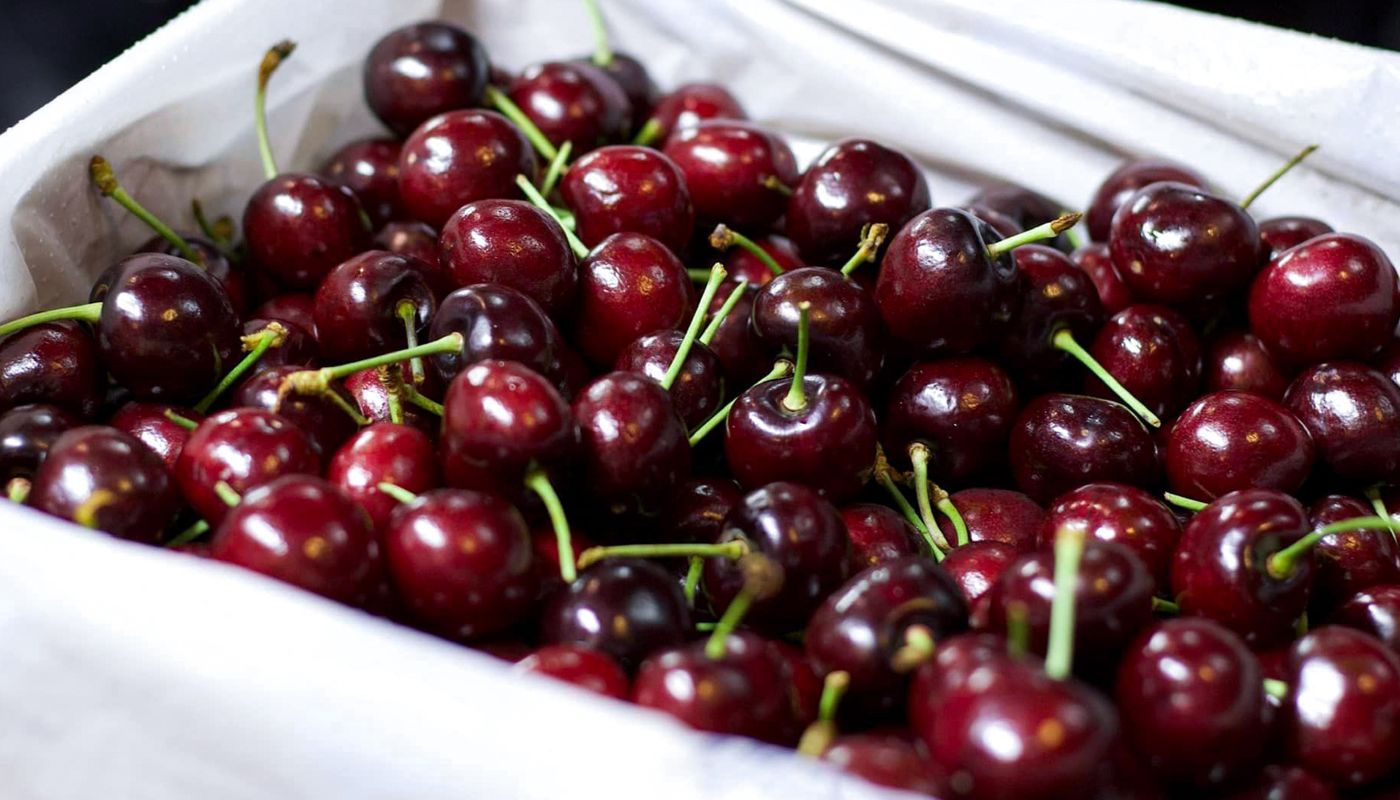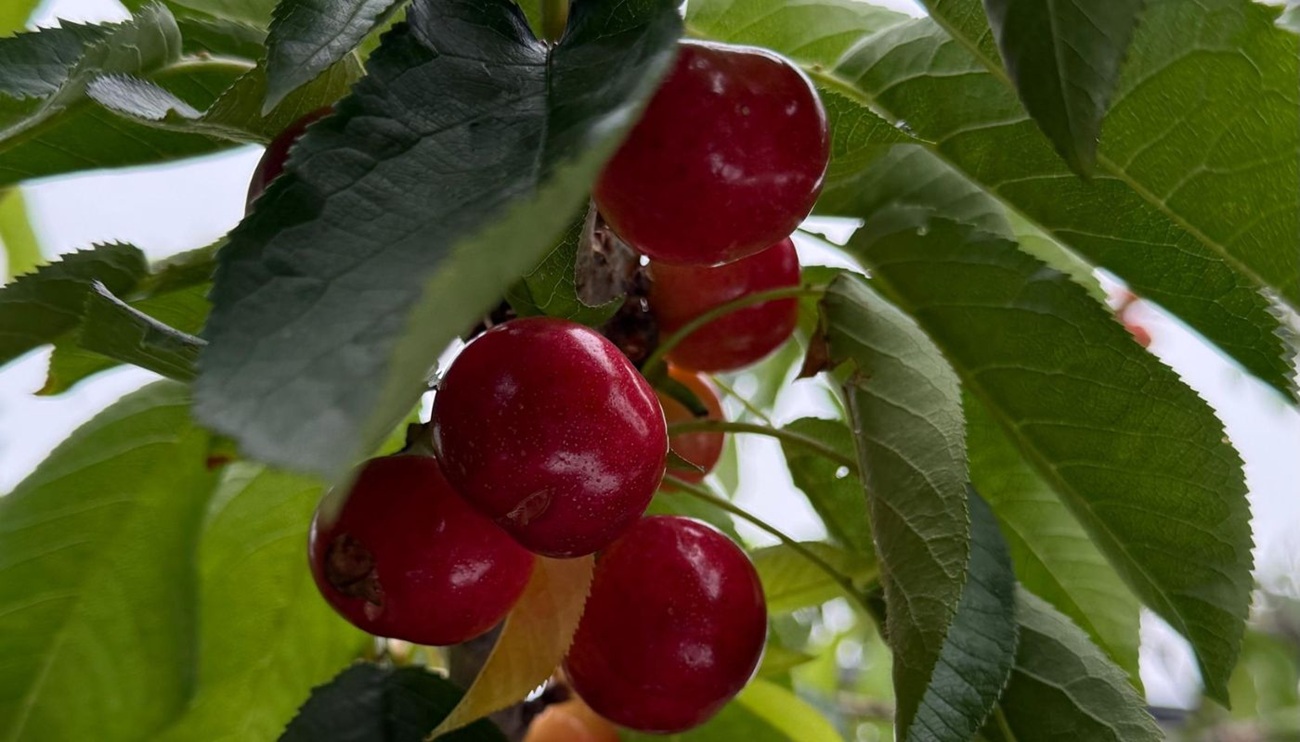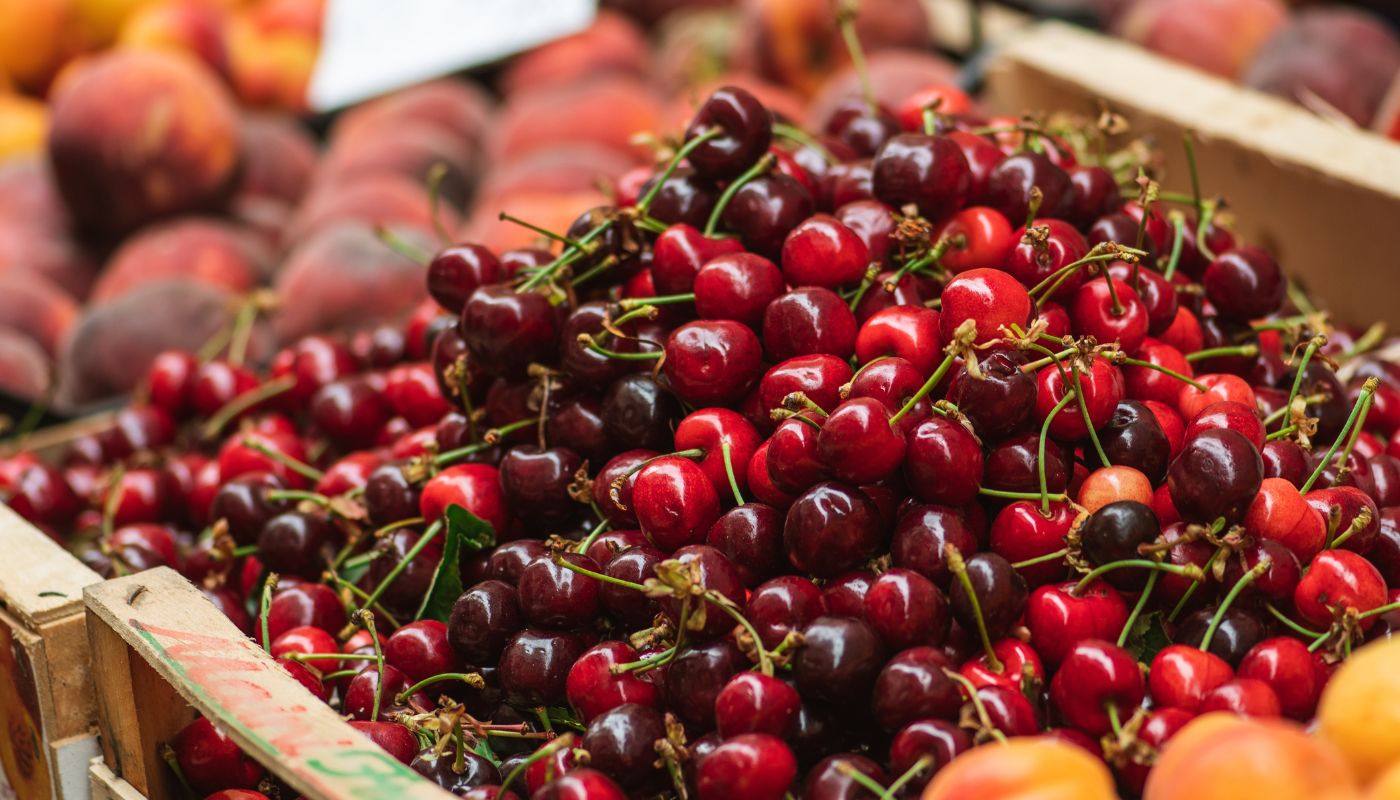The speed of the service and the demands of Asian buyers have driven many exporters to opt for this method, which promises speed but also presents new logistical and legal challenges that should not be overlooked.
Air freight of fresh fruit is a high-precision contract. Every hour counts to maintain the product’s condition and ensure its arrival in good condition at the destination market. However, the risks are not limited to temperature or handling: there are also contractual and jurisdictional aspects that can determine the success or failure of a potential claim against the airline.
One of the most sensitive points arises when, for example, an air or land bridge is used from Chile to Buenos Aires before international shipment. In these operations, two air waybills (AWBs) are often issued, one for each leg of the journey.
This seemingly minor detail can have serious consequences: if the shipment is documented in two separate legs, the applicable jurisdiction could lie in Argentina, complicating any subsequent claims. The recommendation is clear: ensure the entire operation is covered by a single air waybill, so that Chilean law and national jurisdiction are applicable.
Another recurring risk is delay. Although the Montreal Convention—which governs international air transport—establishes the carrier’s liability for damages caused by delay, the deadlines for filing a claim are short, and the burden of proof falls on the exporter. Simply put: if the fruit arrives late and loses commercial value, the loss must be proven, and the carrier must be formally notified.
Here, a formal protest becomes especially important. Chilean jurisprudence has been emphatic: without written notification within the legal deadlines—14 days in the case of damages and 21 in the case of delays, counted from the cargo’s arrival at its destination—the right to claim is extinguished. A phone call or an informal email is insufficient. A document or letter evidencing the damage or delay is necessary.
Maintaining the correct temperature and preserving the product is also essential. Several Chilean court rulings have determined that the content of the air waybill is crucial for assigning liability. If it does not expressly state that the cargo is perishable and must be kept refrigerated, the carrier could be exempt from liability for damage caused by temperature variations. Therefore, the waybill must explicitly state: “Perishable cargo – Keep refrigerated.” This simple phrase can make the difference between a favorable compensation payment and a rejected claim.
Cargo handling during transshipment or waiting on the tarmac is another critical point. During these stages, the fruit may be exposed to extreme temperatures or the elements. If the transport document does not reflect the special preservation conditions, the airline may invoke grounds for exemption such as “the inherent nature of the cargo” or “inadequate packaging,” both of which are covered by the Montreal Convention.
In short, risk management in air transport doesn’t end when the cargo is loaded onto the plane. It involves designing the logistics operation with a legal perspective, carefully reviewing shipping documents, and strictly adhering to notification deadlines.
Furthermore, it’s advisable to verify the transit time quotes offered by agents and airlines, and to keep clear evidence that the fruit was delivered in perfect condition—with reports, certificates, and photographs—before shipment.
Air exporting cherries opens up enormous opportunities, but it also demands a new culture of prevention. Each air waybill is, in itself, an international transport contract. In a market where buyers pay for freshness and seconds can make all the difference, rigorous document management and a well-designed risk strategy can be as valuable as the fruit itself.
Source: Portal Frutícola









